Reportar esta entrada
Más sobre la misma comunidad-colección
Mary Margaret Antone Warren & granddaughter, Montana 2016
Mary Margaret Antone Warren & granddaughter, Montana 2016
A Day With Fawn, Anita Blair and Fawn
A still from Anita Blair 1945 safety film, "Day with Fawn". in ...
A Day With Fawn, Anita Blair and Fawn
A still from Anita Blair 1945 safety film, "Day with Fawn". in ...
Mary Ann Cunningham, SL & Mary Ann Coyle, SL in Denver c. 2001
Mary Ann Cunningham, SL & Mary Ann Coyle, SL in Denver c. 2001
Mary Ann Cunningham SL w/ Sisters of Loretto from Pakistan
Mary Ann Cunningham SL w/ Sisters of Loretto from Pakistan 21 ...
Sister Buffy Boeson celebrates birthday in Denver(?) c. 1999
Sister Buffy Boeson celebrates birthday in Denver(?) c. 1999
Montestruc Family in front of their home at 413 W. 7th St (now Charles St. and Chihuahua) . in Chihuahuita
Montestruc Family in front of their home at 413 W. 7th St. in ...
Marcia Hatfield Daudistel at the Texas Institute of Letters event on April 23, 2022
Marcia Hatfield Daudistel at the Texas Institute of Letters ...
President Kennedy declares Mission to the Moon
When President John F, Kennedy declared: "We choose to go to the ...
Leading the largest Test Program at the Space Center
"In 1963, the Space Center is shaken by the echoing sound of an ...
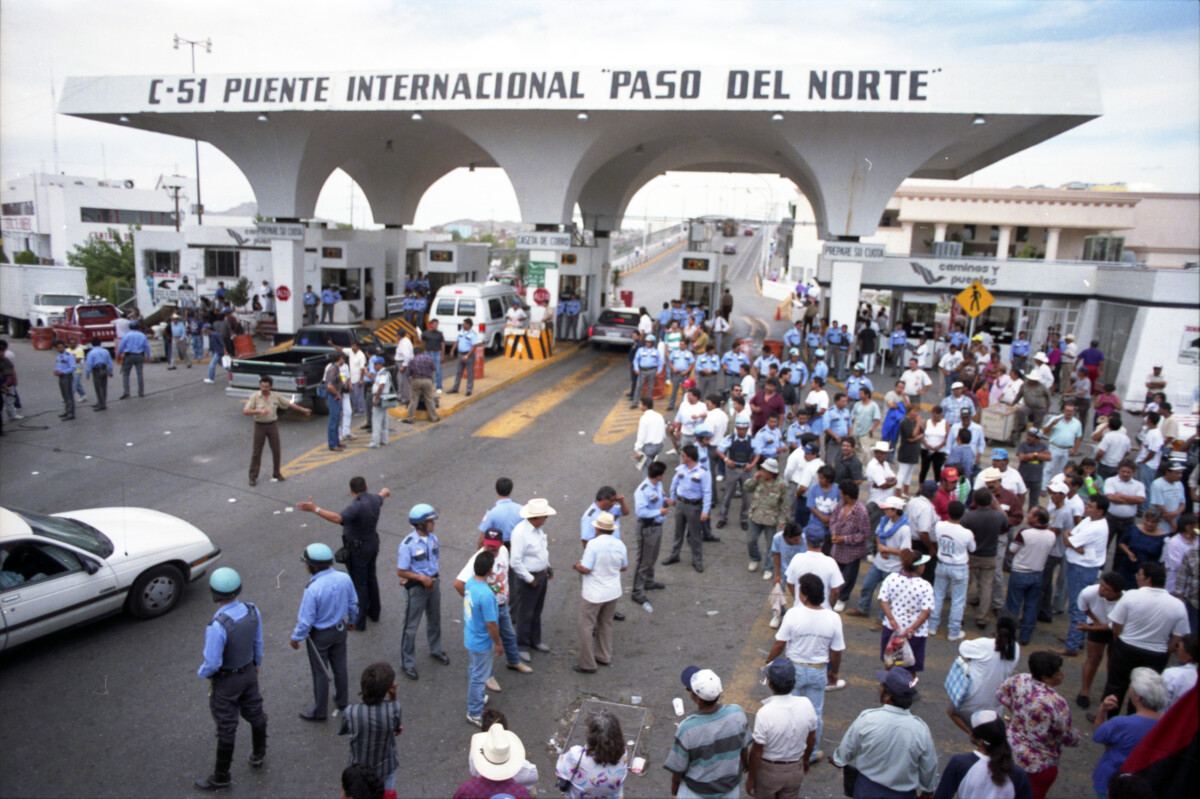
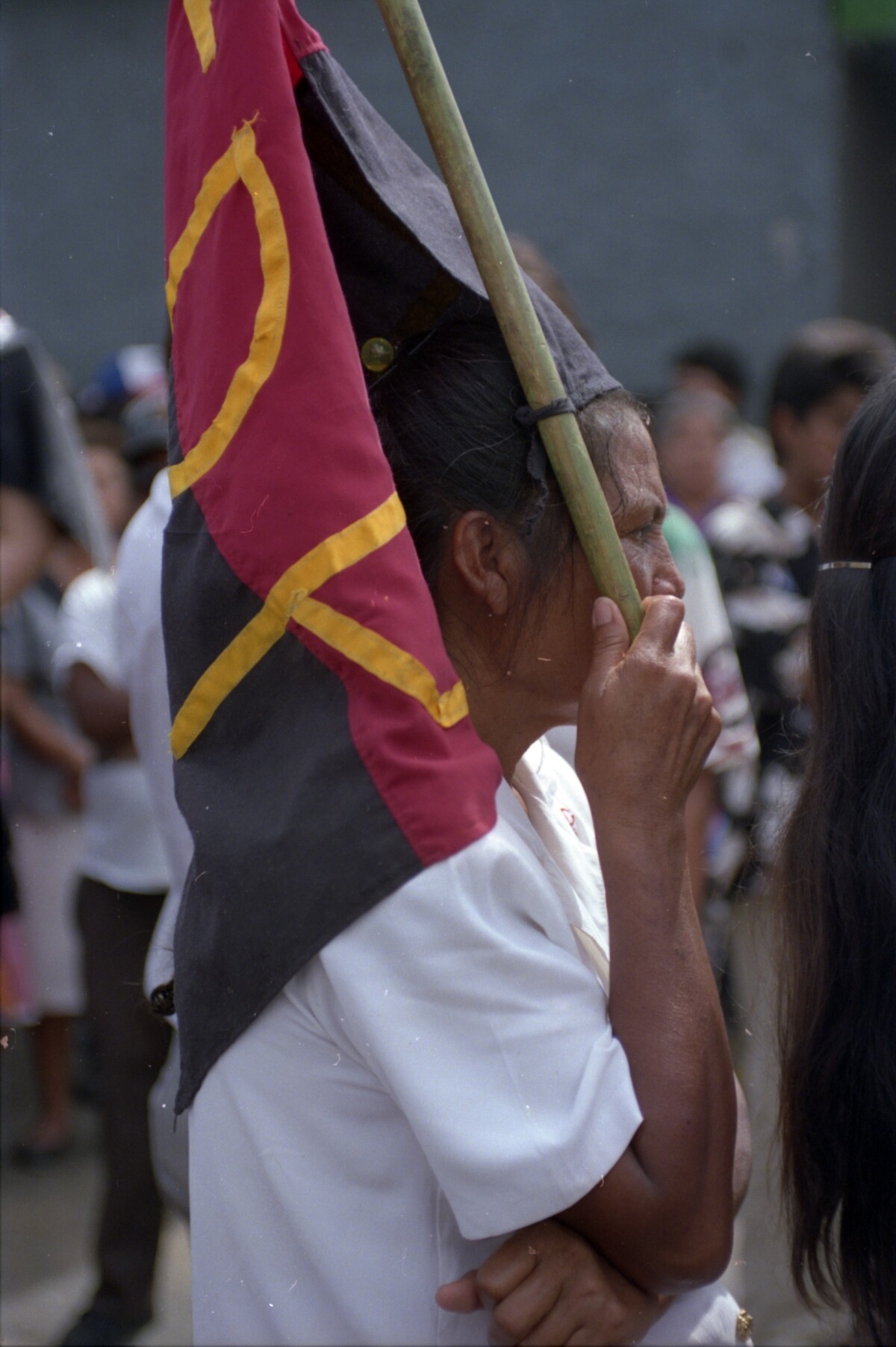

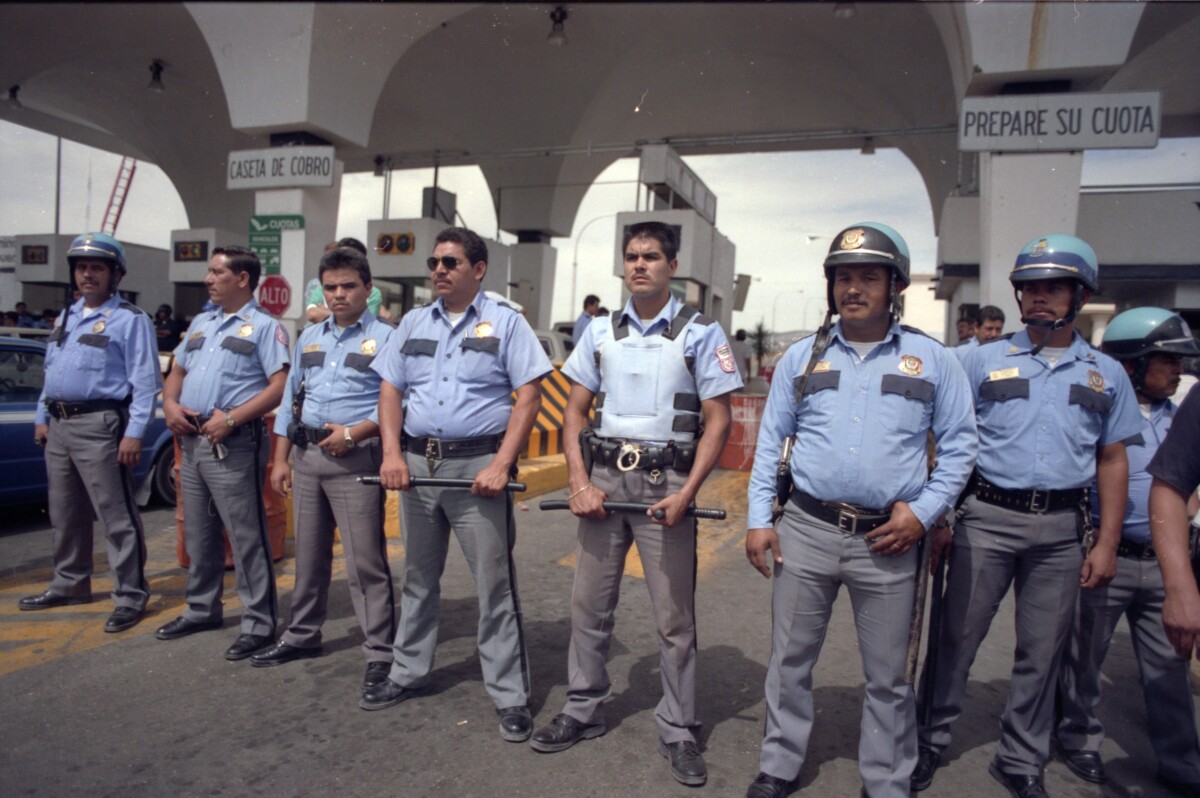
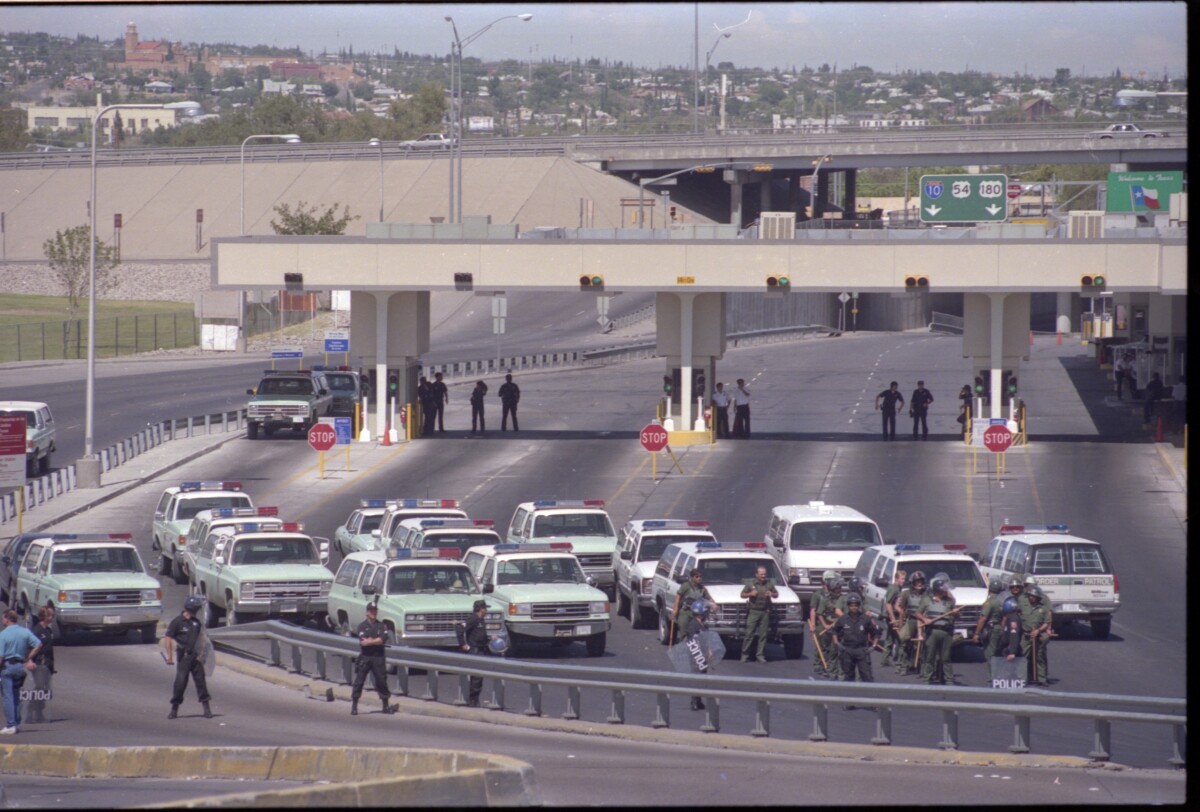

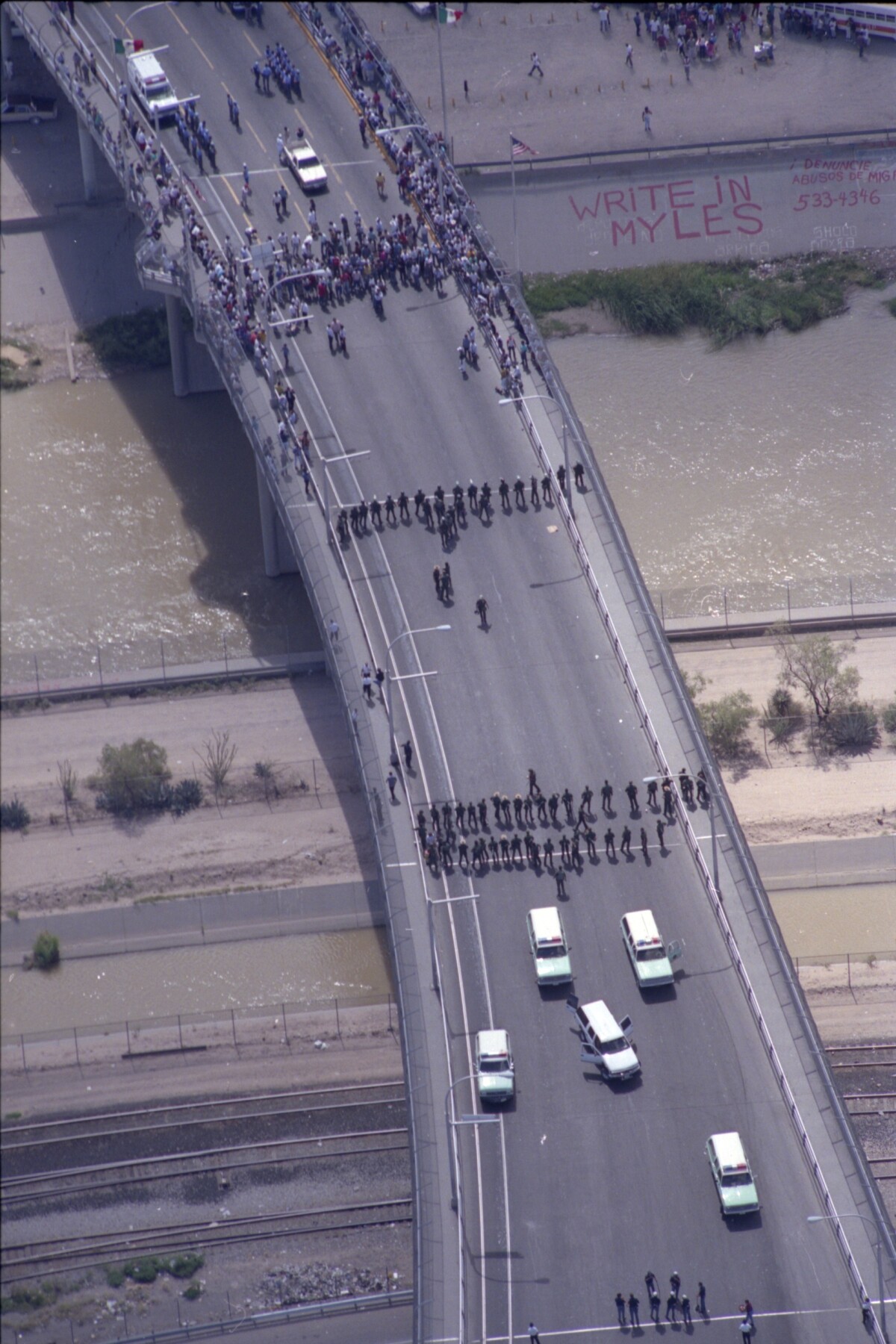
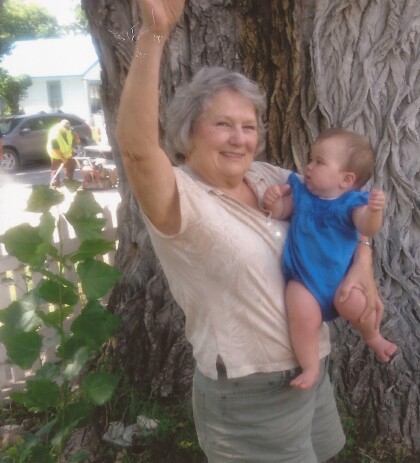
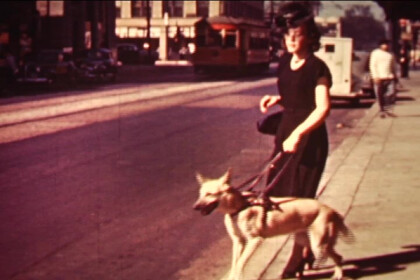
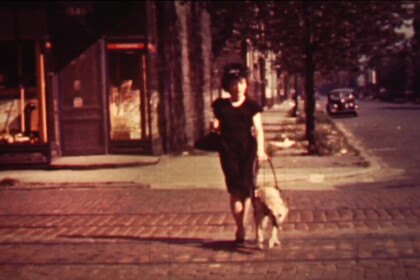
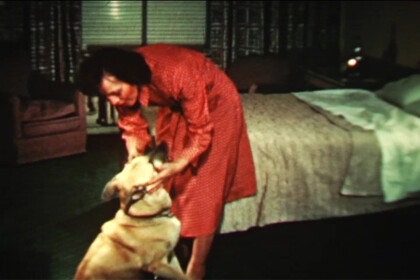
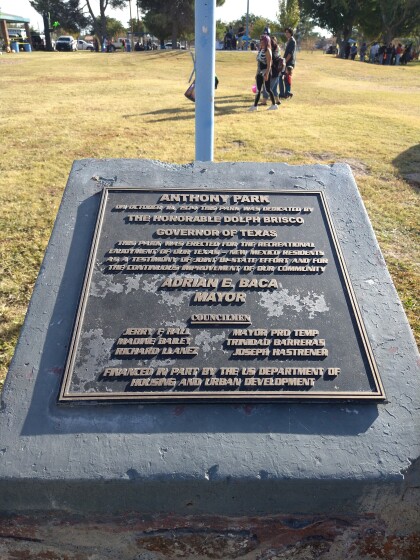



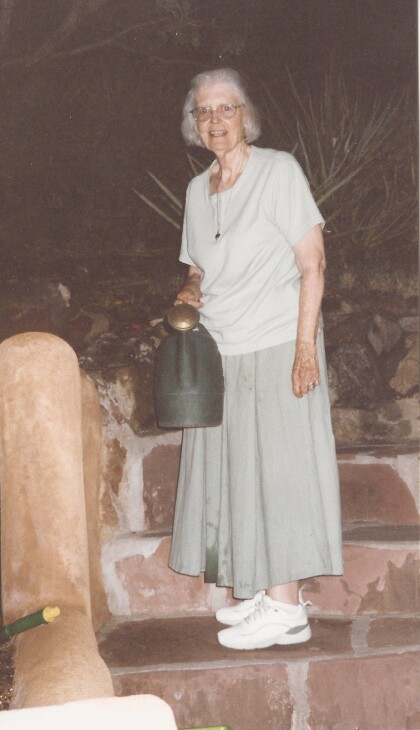
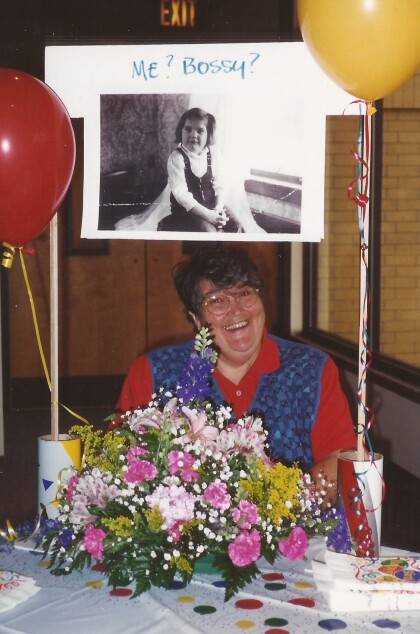
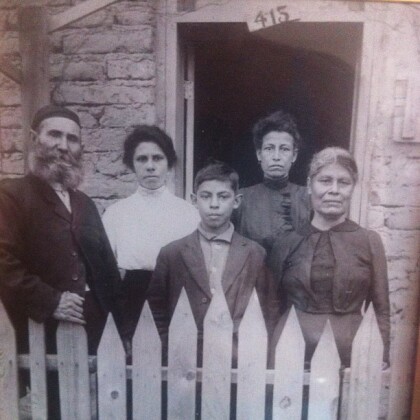
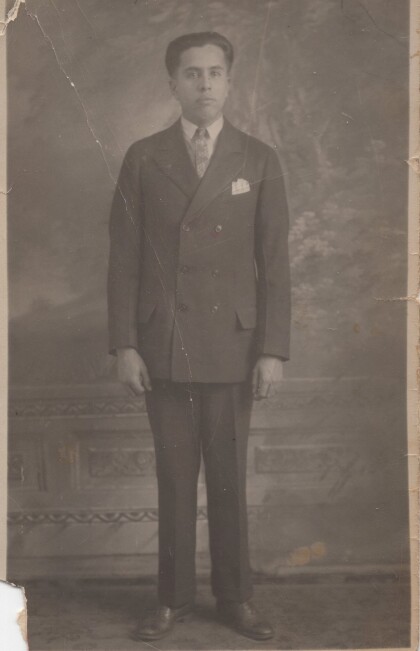

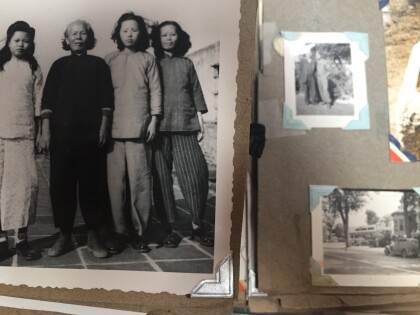
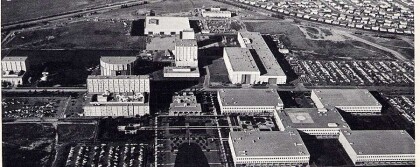
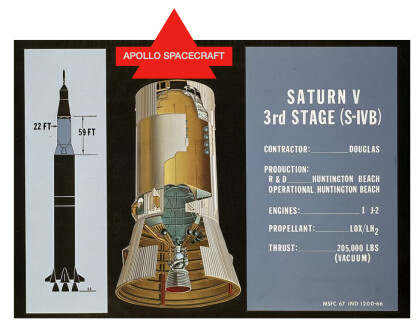
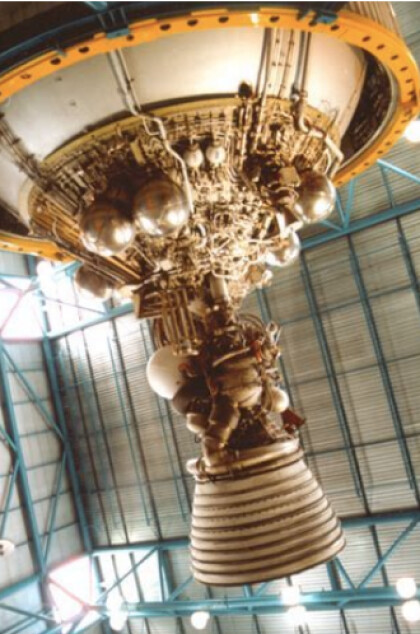

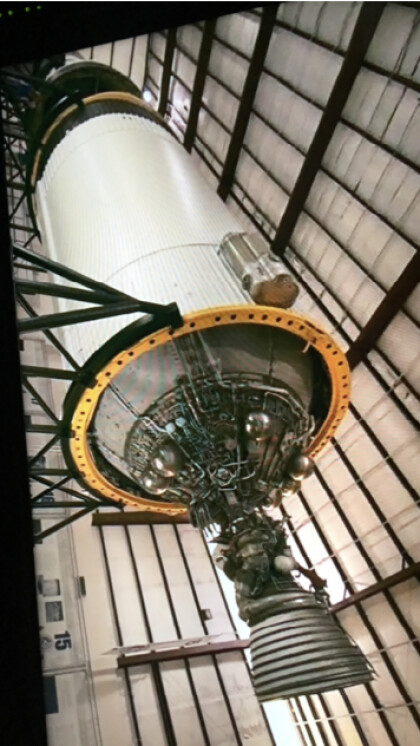
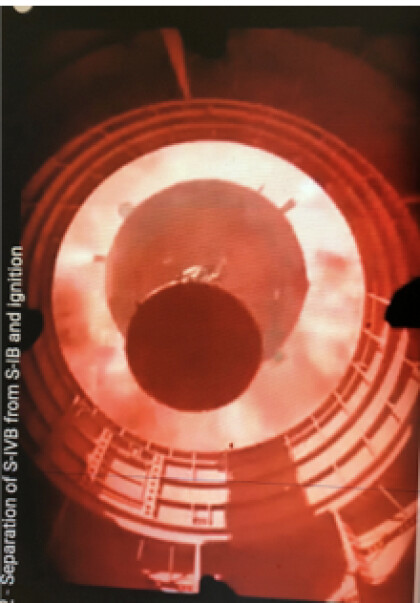


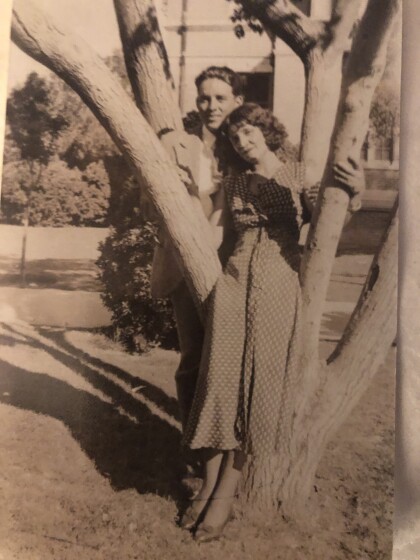
Comentarios
Hacer un comentario